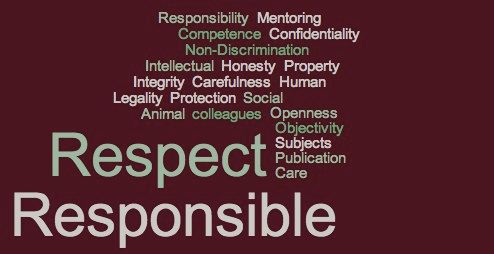More stem cell fraud allegations: why?
How could a 30-year-old junior researcher at a leading institute report incredible results in the world’s leading science journal despite dubious data?

It would be hard to name a patch of science which involves more medical potential, scientific interest, ethical controversy and examples of misconduct than stem cell research. So how could a 30-year-old junior researcher at one of the world’s leading institutes report incredible stem cell results in the world’s leading science journal even though her paper contained dubious data?
Haruko Obokata’s career is in tatters after her employer, the RIKEN Institute, declared that she had engaged in scientific misconduct. (She denies this.) According to the Japanese newspaper, the Asahi Shimbun, Waseda University now also suspects that some portions of her 2011 PhD thesis may have been plagiarised.
This debacle highlights concerns in at least four areas.
Reckless editorial standards in leading journals. Stem cell biology has been plagued by fraud and error for years. So amazing claims ought to be subjected to an amazing level of scrutiny. Given that critics found holes in the paper by Obokata and her colleagues so quickly, it’s dismaying that Nature allowed itself to be stung. It’s hard to escape the suspicion that science journals, like other media, are so eager to scoop the competition that they lower their guard.
Deficient education in research ethics. In his apology, the president of RIKEN, Nobel laureate Ryoji Noyori, promised to “fundamentally rethink our provision of ethical education”. Apparently young researchers are not being steeped in a culture of scientific rectitude. The director of RIKEN’s Center for Developmental Biology, Masatoshi Takeichi, admitted that “our systems for supporting the young scientists we have appointed into leadership positions were not effective in this case”. And the chairman of RIKEN’s investigating committee, Shunsuke Ishii, declared that, “I have never experienced this kind of carelessness” among junior researchers.
Pressure and competition. In the wake of the story, New Scientist conducted its own survey of 1000 stem cell scientists, of whom 110 replied. The respondents painted a picture of a highly competitive environment in which people were sorely tempted to take short-cuts. “There is a tremendous pressure to publish, in order to receive funding. Shortcuts are, therefore, not unusual,” said one researcher. “I know of numerous instances where fellows with, at times, the knowledge of their mentors, have published falsified data,” said another.
The peer review process. Headlines that “peer review is broken” are exaggerated, but its status as the guarantor of the reliability of research results – at least in the eyes of the public – must be questioned. “The review process has become a playground of promoting personal opinions, rather than evaluating the actual science,” one researcher complained in the New Scientist survey.
The latest instalment of the stem cell saga need not tarnish the credibility of the scientific method. Only if an experiment can be replicated will a hypothesis be accepted by the scientific community. And in this case, suspicions arose precisely because no one could replicate it. This shows that “the scientific process of checks and balances actually works,” as Jonathan Garlick, a stem-cell expert at the Tufts University, told the Boston Globe. However, non-scientists could be forgive for feeling a bit less confident in the credibility of stem cell science after seeing its dirty linen.
Michael Cook
https://www.bioedge.org/images/2008images/TH_why_789.jpg
Creative commons
peer review
research ethics
stem cells
- How long can you put off seeing the doctor because of lockdowns? - December 3, 2021
- House of Lords debates assisted suicide—again - October 28, 2021
- Spanish government tries to restrict conscientious objection - October 28, 2021
